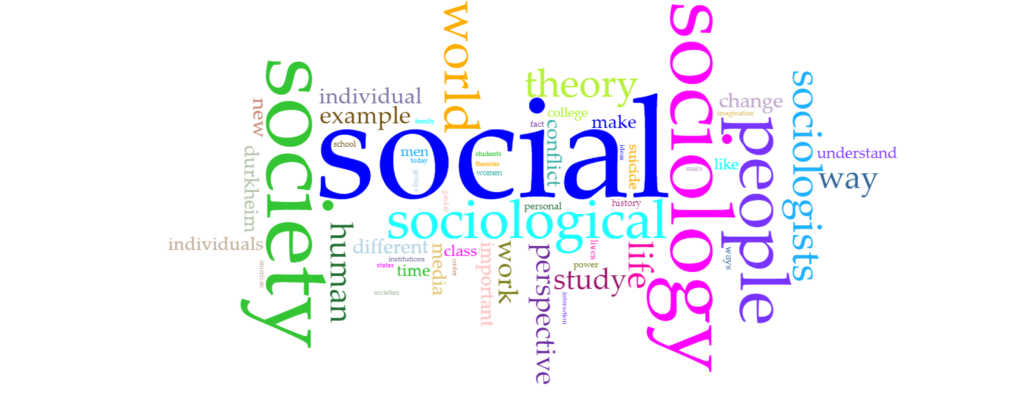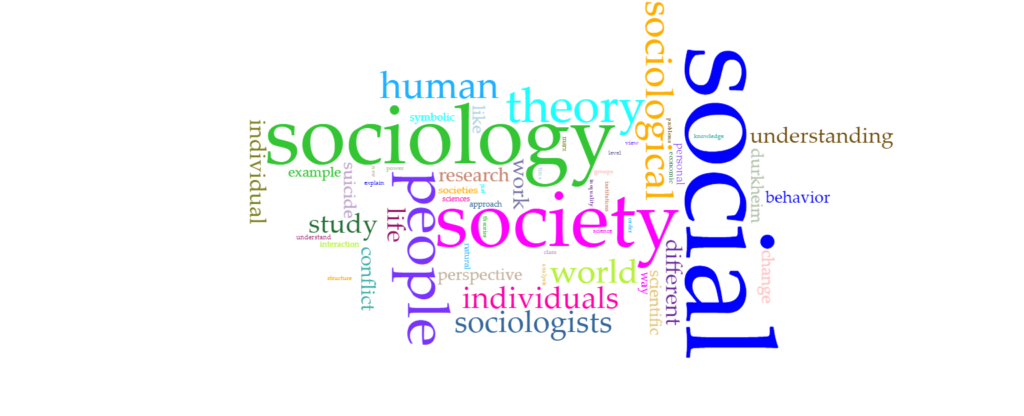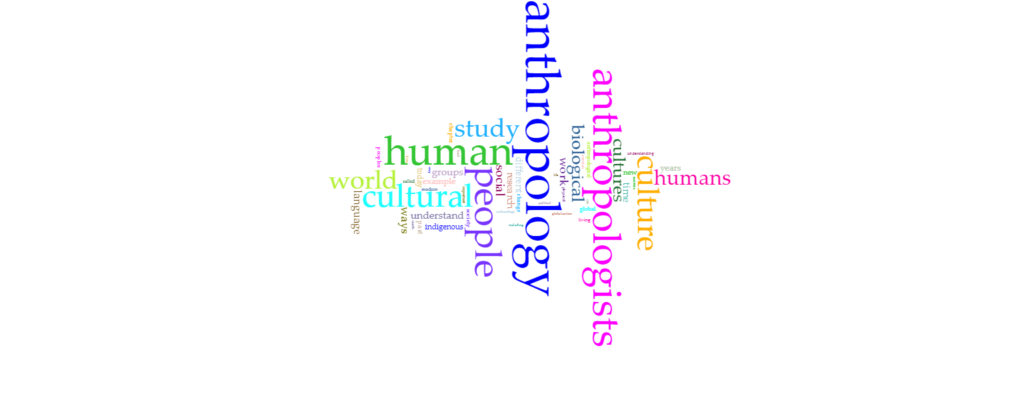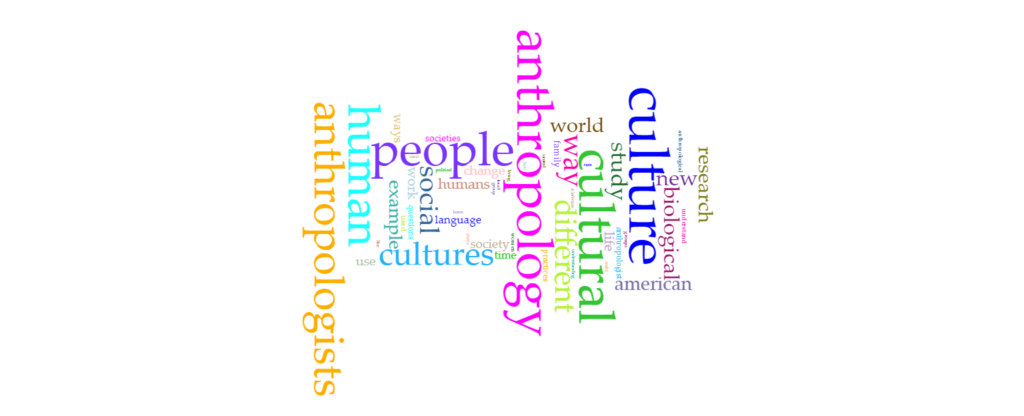In this research, I aimed to evaluate the content quality between traditional and OER introductory, college-level Anthropology and Sociology textbooks. I conducted both basic and interpretive content analysis on 25 textbooks in the sample, with 13 traditional texts and 12 OER ones across the two disciplines. I coded for a variety of aspects, from word count, number of theorists, presence of exercises and assessments, to page layout, readability, and presentation of professionalism.
In general, my findings indicate that there are stark differences in the presentation of information between commercial and OER textbooks. My coding and content analysis elicit three main areas of difference in presentation of knowledge: (1) eye-catching presentation, (2) pedagogical tools, (3) prestige and legitimacy, and (4) flexibility. Results indicate that the traditional textbooks surpass the OER counterparts in information presentation, pedagogical tool offerings, and legitimacy demonstration. However, upon inspecting the actual content of the chapters, it is evident that the content delivered in the textbooks are comparable across the two publishing types.
Sociology Textbook Content Comparison


Anthropology Textbook Content Comparison


Moreover, examining closely the few notable well-funded OER texts in both disciplines (the ones by OpenStax and the AAA), I conclude that they are on par with the traditional textbooks, even when presentation, pedagogical tools, and legitimacy are accounted for. Taking a step further, these model OER texts are even superior to commercial texts because they allow flexibility in editing, remixing, and accessing content for both instructors and students. While instructors can re-organize the content in the OER textbooks to better cater to their classes, students also benefit from OER adoption as the digital format is more convenient to the tech savvy current generation in university.
These observed patterns lead to a new question for faculty members: Should they assign OER texts that are comparable to commercial textbooks, or assign commercial textbooks that would pose a financial and academic challenge to students? As stated previously, opting for OER texts over commercial ones can have positive financial impacts on students (Cannon and Brickman 2015; Colvard et al. 2018; Collins et al. 2020; Oelfk et al. 2021). OER adoption can also benefit students’ learning opportunities and performance (Colvard et al. 2018; FLVC 2018; Chang 2020; Wimberley et al. 2020; Appedu et al. 2021). Circling back to the point of faculty concern over textbook quality, my analysis suggests that model OER texts that are comparable to commercial texts exist. Although it may take faculty some adjusting to cater to their specific courses, OER can serve as a viable and reliable solution to the financial challenge posed to students.
Since the units of observation in this study are limited to introductory, college-level Anthropology and Sociology textbooks, academia would benefit from further research replicating this one in other disciplines, including expanding into the natural sciences. A similar research project at a bigger scale that includes more traditional and OER texts in the sample, as well as analyses a bigger number of chapters, would also be useful. Given that relevant literature mostly relies on surveys, future research endeavors can venture into conducting focus groups to approach this topic from a different angle.